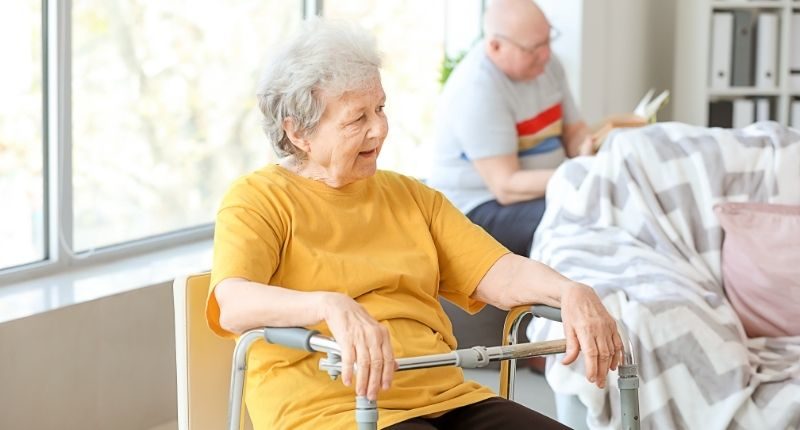- One in five Australians live with a disability
- Accessible designs open up a much larger market and opportunities
- Changes can devalue homes, but cultural changes should be made
In part 1, the case was made that accessible and inclusive design benefits everyone.
It makes moral as well as economic sense.
Financial impetus
General Manager for Inclusion Solutions, Denver D’Cruz, said “In this day and age, people think about inclusion as an add-on or a ‘nice to have’ and they don’t realise it comes with a whole heap of economic advantages.”
Senator Steele-John and Mr D’Cruz both mentioned that there were economic benefits beyond the altruistic element of creating inclusive spaces and places, however money should not be the driver.
Mr D’Cruz said, “We have to speak to different heads in this room, some are thinking about the economic perspective, and that’s okay, it’s got to make economic sense.
“When we do our work with clubs and groups, it has to make as much sense to the treasurer as it does to the secretary and welcomer.”
Denver D’Cruz, General Manager for Inclusion Solutions
A real-world example could be found in the brand new WA Museum Boola Bardip.
Trish McDonald, New Museum Project Director, said that the new state museum was exactly that, for everyone in the state.
Though the team had an altruistic goal in mind, the economics behind the scenes was significant: one in five Australian’s are disabled, meaning a sizeable number of visitors are able to visit, enjoy, and return to the museum if it was designed for everyone.
Residential property
Edith Cowan University’s Associate Professor Justin Brown recounted when he went house hunting.
“I bought the house because I could get my wheelchair through the front door, and through the bathroom door,” he said.
It was a simple decision, as those were his essentials when looking for a home. Other parts of a house could be changed to meet needs.

“Sometimes accessibility isn’t about what you add but it’s about what you don’t add.”
Associate Professor Justin Brown, Edith Cowan University
Cabinets are one of those things to leave out in a kitchen, making it possible to use kitchen benchtops with a wheelchair.
Other items like tables and vanities can be made bespoke for the individual, but in Prof. Brown’s experience, he was there with the builders to ensure everything was at a usable height to him.
These changes can and do increase the value of a home, but at the same time cost considerably more to implement.
It is an even more pronounced issue for disabled individuals looking to rent, and with the increasing number of high rises and other spaces which require more foresight and planning to be inclusive, the question was raised about how that could be addressed.
While not everything could be answered, one thing was certain: support for the upcoming legislation on mandatory accessibility codes, the National Construction Code 2022, was clear.
~~
Disclosure: The Property Tribune was a guest of the Property Council of WA.








